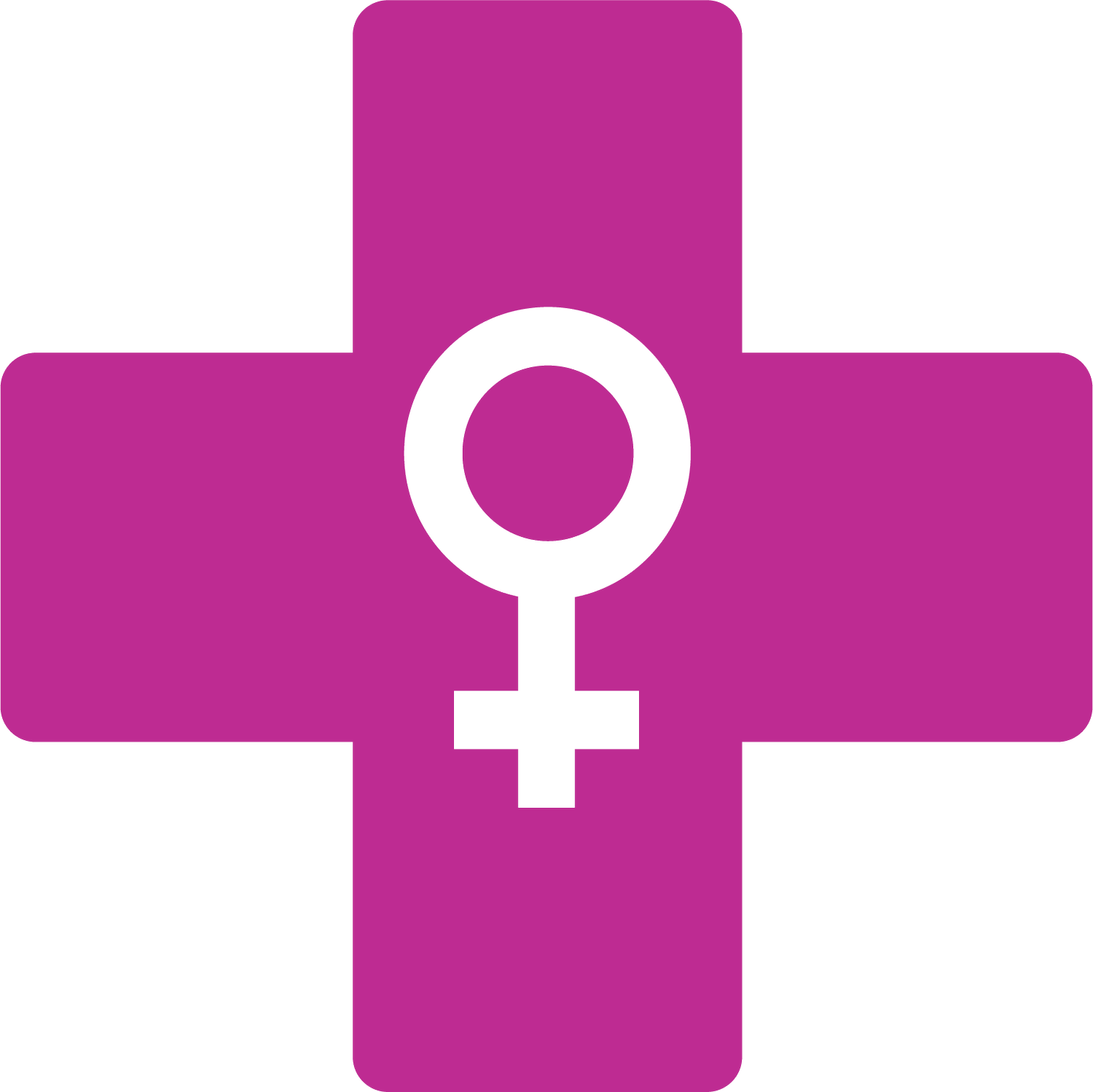Cancer Genetics
Current statistics suggest that up to 1 in 3 people in the United States will develop cancer in their lifetime. Most of these cancers, around 80%, are due to environmental factors. We refer to these cancers as “sporadic”. The remaining cancers fall into one of two categories: genetic or familial. But before we go any further, let’s take a second for a quick science tutorial!
DNA is the cell’s genetic material found in chromosomes which reside in the nucleus of each cell in our body. Genes are made up of this DNA and control how our cells work, grow, and how long they live, ultimately dictating how our bodies grow and develop. It is estimated that each of our cells has about 30,000 different genes! All cancers are the result of an error or mistake in one or more genes. We call these mistakes “mutations” and they can disrupt the proper functioning of a cell.
There are two basic types of genetic mutations – acquired and inherited (also referred to as germline mutations). Acquired mutations are the most common and occur over the course of a lifetime due to damage to the genes in a particular cell. In contrast, an inherited gene is handed down from a parent to a child and is present in all cells of the body.
Now back to cancer. Most cancers fall into one of three categories – sporadic, hereditary, or familial. Sporadic cancers make up about 80% of all cancers and are caused by acquired gene mutations. Factors that may lead to these mutations include things like tobacco, UV radiation, certain viruses, and age.
Hereditary cancers make up about 5-10% of all cancers. Because these types of cancers are due to faulty genes handed down from one parent, we commonly see a pattern of specific types of cancer on one side of the family. Here is a list of things that when present may raise a red flag for a possible hereditary cancer syndrome:
Many cases of the same type of cancer
A younger age at diagnosis of cancer, often times under the age of 50
More than one type of cancer in an individual family member
Cancer occurring in multiple generations
Rare forms of cancer such as male breast cancer
It’s important to point out that a hereditary cancer mutation can be handed down from either a mother or a father. This means that a father has the potential to pass on a mutation that may increase the risk of breast cancer to his sons and daughters. So, understanding your family history on both sides is imperative.
The most well-known hereditary cancer syndrome is Hereditary Breast and Ovarian Cancer (HBOC) syndrome. HBOC is most often caused by an inherited mutation in either the BRCA1 or BRCA1 gene. Lynch syndrome is another inherited cancer syndrome that increases an affected individual’s risk for colorectal and endometrial cancer.
Genetic testing can help to identify genetic mutations that cause hereditary cancer syndromes. This testing most often includes a collection of either a blood or salivary specimen. It is best when performed on a family member who has had cancer, but this is not always possible. If you are concerned about a possible cancer syndrome in your family, you are encouraged to discuss this with your health care provider.
Once a mutation is identified, appropriate screening and prevention strategies can be put in place to reduce an individual’s risk of developing and/or dying of cancer.
There are also families in which multiple members on one side of the family may be diagnosed with the same cancer, but often at later ages and without the typical patterns that are seen in hereditary cancer syndromes. In these cases, no mutation can be identified. We refer to these cancers as familial cancers. These cancers are often attributed to multiple influences which combine to increase risk in certain families such as specific genetic factors combined with lifestyle choices or environmental exposures. In these cases, families have a moderately increased risk of developing cancer. People with a strong family history but negative genetic testing may still benefit from early or more frequent cancer screening and other risk-reducing strategies.
Being born into a family with a strong history of cancer, either hereditary or familial, doesn’t mean that a person is destined to get cancer. But it does require a knowledgeable team of health care providers that can help you to navigate the increased risk with evidence-based strategies geared toward early detection and risk reduction. These topics require more than the average seven-minute appointment you get with a traditional primary care provider (and it’s why we do things a little differently at Ms.Medicine.)
Are you interested in learning more? Consult your Ms.Medicine Provider today!


